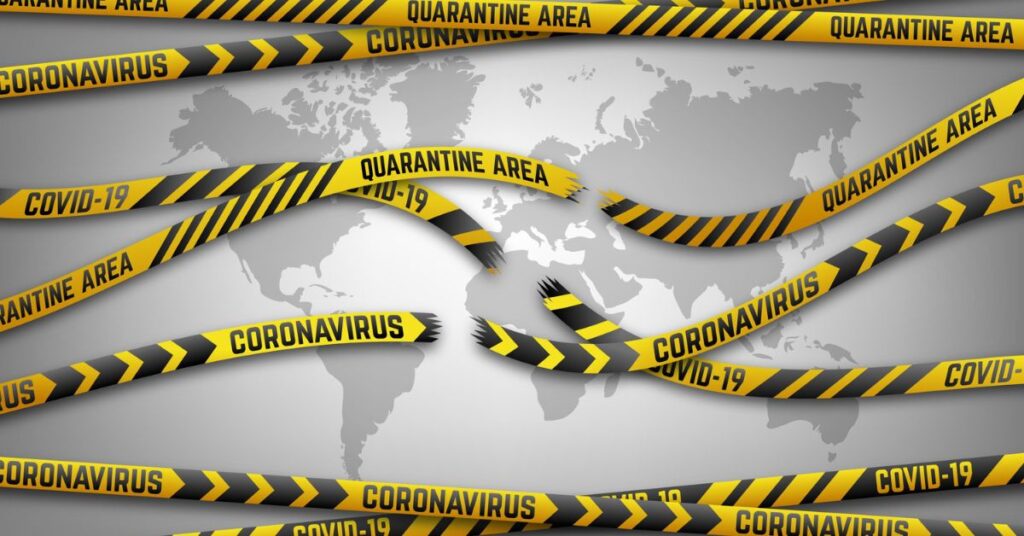Asbestlint may not be a term you hear every day, but it carries significant weight when it comes to health and safety. Often lurking in older buildings and materials, this seemingly innocuous product has a dark history linked to severe health risks. Many people remain unaware of its presence in their homes or workplaces, making the need for awareness even more critical. In this article, we will unravel the mysteries surrounding asbestlint—what it is, where it’s found, and why understanding its dangers is vital for your well-being. Dive with us into the world of asbestlint and discover how to protect yourself from its hidden threats.
What is Asbestlint?
Asbestlint, commonly known as asbestos tape, is a flexible material made from woven asbestos fibers. It was widely used in construction and manufacturing for its heat-resistant properties.
Typically found in insulation applications, asbestlint served to seal joints and cover pipes. Its ability to withstand extreme temperatures made it a go-to choice for industrial settings.
However, the use of asbestos has been heavily regulated due to health concerns. When damaged or disturbed, asbestlint can release toxic fibers into the air.
These microscopic particles pose significant risks when inhaled, leading to various respiratory diseases over time. Awareness of what asbestlint is helps individuals identify potential hazards in older structures where this material may still be present.
The History and Use of Asbestlint
Asbestlint, or asbestos tape, has a storied history. Its origins trace back to the late 19th century when asbestos was hailed for its heat resistance and durability.
Initially, it found widespread use in construction and insulation materials. Builders often used asbestlint to seal joints in pipes and ducts due to its impressive ability to withstand high temperatures.
The popularity of this material peaked during the mid-20th century. Industries relied on it heavily for its fireproof properties. However, as awareness of health risks grew, so did scrutiny over its safety.
By the late 1970s, many countries began regulating or banning asbestos products altogether. Despite this decline in usage, some older buildings still contain asbestlint today. This lingering presence poses significant concerns for those who encounter it during renovations or demolitions.
Health Risks and Dangers of Asbestlint Exposure
Asbestlint exposure poses serious health risks that often go unnoticed until it’s too late. This material, made from asbestos fibers, can lead to dire respiratory conditions. When disturbed, these fibers become airborne and can easily be inhaled.
One of the most concerning diseases linked to asbestlint is mesothelioma, a rare but aggressive cancer affecting the lining of the lungs and abdomen. Symptoms may take decades to manifest, catching many off guard.
Other ailments include asbestosis and lung cancer, both stemming from prolonged exposure. These conditions not only compromise lung function but also diminish overall quality of life.
Individuals working in construction or renovation are particularly at risk. Even minor disturbances during projects can release harmful fibers into the air without visible warning signs. Awareness is crucial; understanding these dangers helps protect lives before consequences arise.
Legal Ramifications of Asbestlint Exposure
Exposure to asbestlint can lead to serious legal consequences for both individuals and companies. Asbestos-related diseases often take years to manifest, complicating legal claims. Victims may seek compensation for medical expenses, lost wages, and suffering.
Employers have a duty of care towards their employees. Failure to adhere to safety regulations regarding asbestlint can result in hefty fines or litigation. Companies found negligent in handling asbestos materials could face lawsuits not only from workers but also from surrounding communities affected by exposure.
Moreover, the laws governing asbestos use vary widely across regions. Some jurisdictions enforce strict guidelines while others may be more lenient. This patchwork of regulations complicates compliance efforts for businesses involved with asbestlint.
Legal battles over asbestos claims are notoriously protracted. Establishing liability requires thorough documentation and expert testimony, which can strain resources significantly on all sides involved in such cases.
How to Identify and Remove Asbestlint
Identifying asbestlint can be tricky. It often appears as a fibrous, woven material commonly found in older buildings. Look closely at ceilings, walls, and insulation materials for any signs of this hazardous substance.
If you suspect the presence of asbestlint, do not attempt to handle it yourself. Disturbing it can release harmful fibers into the air. Instead, contact a certified professional who specializes in asbestos removal.
Before removal begins, they will conduct thorough testing to confirm its presence. If confirmed, professionals will use specialized equipment and techniques to safely contain and remove the substance.
Always ensure that proper safety protocols are followed during this process. This includes sealing off areas to prevent contamination and wearing protective gear throughout the operation.
Safety should always come first when dealing with potential asbestos hazards.
Safe Alternatives to Asbestlint
When considering alternatives to asbestlint, several safe materials stand out. One popular option is fiberglass tape. It’s lightweight and resistant to moisture, making it ideal for various applications without the health risks associated with asbestos.
Another alternative is cellulose insulation. This eco-friendly material offers excellent thermal resistance while being completely free of harmful fibers. It not only protects your home but also contributes to a greener environment.
For sealing joints or wrapping pipes, consider using silicone-based sealants. These products provide robust protection against water and air leaks without containing hazardous substances like asbestos.
Additionally, there are innovative products made from recycled materials that mimic the properties of asbestlint while ensuring safety and compliance with regulations. Exploring these options can help you make informed decisions about building materials that safeguard both health and well-being.
Conclusion
Asbestlint poses significant health risks and legal challenges that cannot be ignored. Understanding what it is, its history, the dangers associated with exposure, and how to identify and remove it are vital steps for anyone living in older homes or working in construction. Awareness of safe alternatives can also help eliminate reliance on this hazardous material.
If you suspect the presence of asbestlint in your environment, it’s essential to act responsibly. Seek professional guidance for testing and removal. Prioritizing safety not only protects your health but also contributes to a safer community overall. The more informed we are about asbestlint, the better equipped we’ll be to handle its legacy responsibly while safeguarding future generations from harm.






